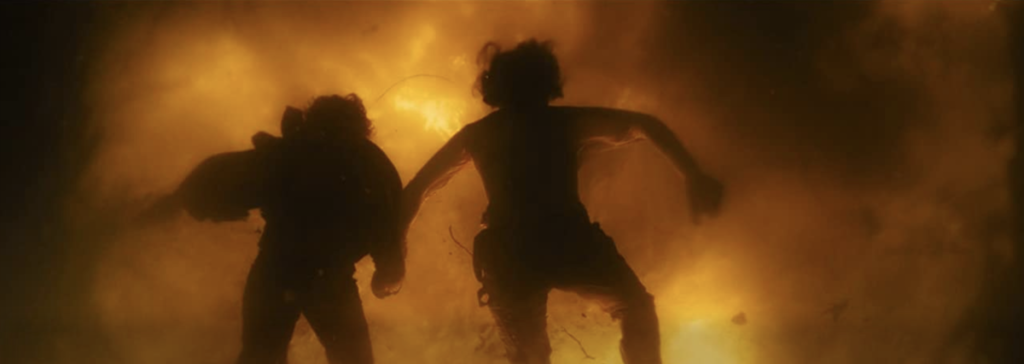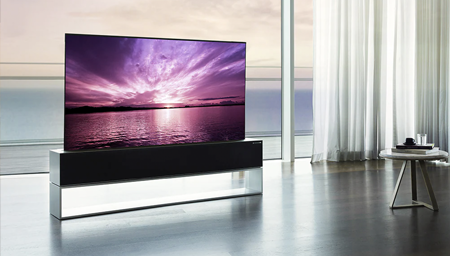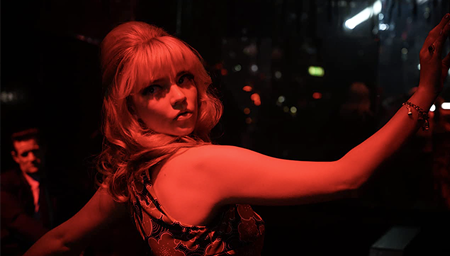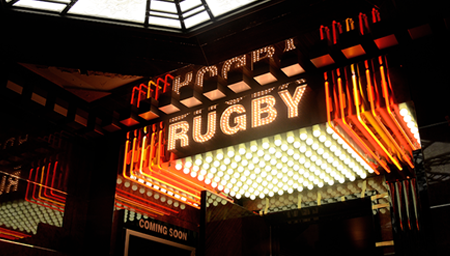Fast-forward to 2021, and both Go and Now have been shelved in favor of HBO Max, a newer platform that’s home to all manner of WarnerMedia content, not merely its premium-cable offerings. But perhaps the most significant side effect of all this app shuffling is that HBO seems to have finally gotten its act together in terms of streaming video quality.
This really hit home for me when I was watching the theater-at-home release of Those Who Wish Me Dead. Not to dig too deeply into the substance of the movie (what little there is), but the TL;DR version is that it involves a political hit-job and manhunt that’s all an overly elaborate setup for a heart-pounding chase sequence in the middle of an out-of-control wildfire in the Montana wilderness.
Right near the climax, a stray thought struck me and I couldn’t let it go: This movie must be absolute nightmare fuel for a video encoder. Even with the benefit of 4K Dolby Vision, there’s so much going on in the picture that maintaining the intense contrasts of a fire raging through a forest at night and rendering all of the detail from the soot and sparks blowing in the air couldn’t have been easy. What’s more, many scenes were shot with relatively shallow depth of field, which can be tricky for even the best video codecs to handle consistently.
As soon as I glommed onto all that, the question wasn’t whether there were compression artifacts. It was how close I would have to get to the screen to see them. So I stood up and walked about half the distance from my seat to my screen. The image still looked incredible. So I took another step and halved the distance again. I still couldn’t see any of the telltale signs of video compression.
To make a long story short, in complete defiance of Zeno, I eventually ended up with my nose practically on the screen, and I still couldn’t see the glitches and misplaced pixels and posterization that result from HEVC (the video codec used for 4K HDR video material) reaching its breaking point.
Mind you, HBO Max still doesn’t have a lot in the way of Dolby Vision content to stream. Most of its offerings are in HD (despite the fact that 4K HDR masters exist, many of which have been released on UHD Blu-ray), and by and large the service still relies on the same AVC video codec that caused all the problems with Game of Thrones. True, it’s operating at around 2.5 to 3 times the bitrate of HBO Go and HBO Now, proving that WarnerMedia has decided to invest a bit more in server storage. The result, though, is that much of what you’ll find on HBO Max looks very good, but not quite reference quality.
But Those Who Wish Me Dead proves that HBO Max is at least capable of delivering a practically flawless home cinema experience. The company whose name was, just a few years ago, synonymous with the nadir of video quality has now proven it can deliver a level of visual excellence matched by perhaps 200 cinema screens worldwide, at last count.
That’s assuming, of course, you have an AV system capable of delivering on such quality. Most people don’t. It’s also assuming you’re doing your streaming via a high-quality source device. Most people don’t.
But still, my recent experiences with HBO Max—for all my complaints about their abysmal user interface and lackluster search tools—proves the company that was once the laughingstock of the streaming world now at least has the potential to deliver video quality that’s a massive step up from the average screen at your local multiplex. And if nothing else, that shows just how far streaming has come, even in the past two years alone.







